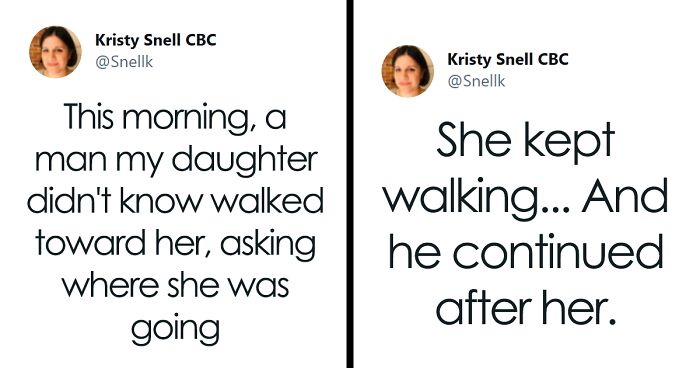
Mom Shares How A Neighbor Rushed To Her 13-Year-Old Daughter’s Rescue When She Was Being Stalked By A Strange Man
A Canadian radio news anchor working at CBC Montreal shared a harrowing tale on Twitter about how a strange man stalked her teenage daughter and made her burst into tears from fright. It’s every parent’s nightmare. Thankfully, Kristy Snell’s 13-year-old daughter was fine, as an everyday superhero neighbor stepped in to help, but what happened is not ok. In fact, it’s far from ok, but it’s an everyday occurrence for many women.
The man called out to the teenager, invaded her space, and scared her very much. Have a read through the story in Kristy’s own words below, Pandas, and let us know if you’ve ever been in a similar situation.
Emily May, the Co-Founder and Executive Director at ‘Hollaback!‘, told Bored Panda that parents need to find the time to speak with their children about harassment, even though it’s a very difficult topic to approach. “Most parents know they need to talk to their kids about puberty before it happens, but few take the time to talk to their kids about harassment, even though almost half will be harassed by older men by the time they turn 12. We need to equip young people with resources including: what harassment is, what it looks like, how prevalent it is, why it isn’t ok—and most importantly, that it’s never their fault,” she said.
A teenager got harassed by a stranger in her own neighborhood…
Image credits: Mary Taylor (not the actual photo)
…and her mom explained how a neighbor rushed to her rescue
Image credits: Snellk
Image credits: Snellk
Image credits: Snellk
Image credits: Snellk
Image credits: Snellk
Image credits: Snellk
Image credits: Snellk
May, from ‘Hollaback!’, noted that most young women who are victims of harassment blame themselves for the experience. This, in turn, makes them hesitant to talk about what happened with their parents because they’re afraid that their parents will blame them, too. The expert told Bored Panda that they’re afraid that their family will ask them questions like, “Why were you wearing that?” or, “Why did you take that route?”
“In the same way we tell our teenage kids that if they get drunk and don’t feel safe driving home we will pick them up from wherever they are, no questions asked—we also need to tell our kids that if someone harasses them we will never, ever blame them for it or punish them for it. This is important for creating a safe space so that they have a trusted adult they can process these experiences with,” May said.
Bored Panda wanted to know how victims of harassment can regain the sense of security they used to have in certain areas like their neighborhoods. According to May, this is challenging. And, unfortunately, some people never end up regaining that sense of security.
“One thing that can help you build a sense of safety, however, is community. Take the time to get to know the good folks in your neighborhood and build positive relationships with not just your neighbors, but the people who deliver the mail, the trash folks, the guy that mows your neighbor’s lawn, etc. The more people you know, the more people will have your back if something happens again. Knowing this can increase your sense of safety and belonging in your community,” May explained how the local community is the backbone of safety.
Here’s how some Twitter users reacted to the story. Many opened up about their own experiences of being harassed
Image credits: venart_sarah
Image credits: LRick1960
Image credits: frugalistamom
Image credits: SeptemberMay
Image credits: Rjrhotmailcom2
Image credits: FNoMTL
Image credits: tinaboussios
Image credits: nilikm
Image credits: JanetMcKennaLow
Image credits: GeniusLR
Image credits: marnie1616
Image credits: SPage831
Image credits: romeroescobar
Image credits: liesurelee
Image credits: patrickDurusau
Image credits: _DanielleLeGrow
Image credits: My_North_Star
Image credits: madore
Image credits: 907Northmade
Some Twitter users used the “not all men” argument
Image credits: Peacekeeper876
Image credits: kristinhodgins
Image credits: Ryanspeaks140
Image credits: ytiedmai
Image credits: MakeRuckusPress
Earlier, Bored Panda also spoke about ending street harassment with May, the Co-Founder and Executive Director at ‘Hollaback!’. “Street harassment is sexual, gender-based, and bias-motivated harassment that takes place in public spaces like the street, the supermarket, and the social media we use every day. At its core is a power dynamic that constantly reminds historically subordinated groups of our vulnerability to assault in public spaces,” she said.
“Street harassment can happen to anyone, but disproportionately punishes women, girls, LGBTQ+ people, and other marginalized groups for being themselves in the world,” May explained which groups of people are most at-risk.
According to her, there is an entire spectrum of gender-based violence, with stalking, following, and comments about your appearance on one side and more severe forms of street harassment like groping on the other end of the spectrum.
Street harassment is all about power, according to May. “If street harassment were about getting dates, it would be what author Marty Langelan calls a ‘spectacularly unsuccessful strategy.’ Instead, street harassment is about ‘putting people in their place,” she explained that harassers want to project their power onto their victims and make them feel weak.
“Remember that it’s not your fault. And because it’s not your fault, it’s also not your responsibility to have the perfect response to street harassment. It’s their responsibility not to harass you.”
135Kviews
Share on FacebookAlso I am so sick of the "not all men" idiots. Do they really think we don't know not all men are creeps? It comes off as patronizing, mansplaining and belittling a serious issue.
Exactly. How do they not realise that we know it's 'not all men'; the problem is that women don't know WHICH men.
Load More Replies...When I worked in downtown Seattle, walking to my car was dangerous late at night. My father made me take his portable boat horn with me. I had befriended a lot of the homeless people on the route by giving them the breads and pastries that were going to be tossed out from the bakery where I worked. One day, some creepy guy started following me to my car. I turned and saw him and he stopped for a second, then smirked and kept following me. I pulled out the boat horn and hit it. Two homeless guys emerged from doorways, saw the guy and chased him off. They got an extra helping of cookies the next night!!
I'm sorry, I know it wasn't necessary funny but still made me laugh. I think it reminded me of an old cartoon or something
Load More Replies...She lost her innocence that day. F*****g men who think they can do whatever they want terrorizing girls and women.
Some of them have zero idea that women perceive this sort of thing way differently than a man. Some men have a puerile sense of humor, and think following someone, or jumping out from behind something, will be seen as just a funny “jump scare” prank—-just like their male friends would. But we’re NOT their male friends. There’s way more at stake for us, when this is done by a stranger—-or even by a friend who’s suddenly acting creepy—-and we don’t see it as just a funny joke. Even when we explain the situation to them, it still doesn’t completely sink in for the majority of them. However, seeing the realization dawn on the few who do finally get it is incredibly satisfying, though still incredibly rare.
Load More Replies...Also I am so sick of the "not all men" idiots. Do they really think we don't know not all men are creeps? It comes off as patronizing, mansplaining and belittling a serious issue.
Exactly. How do they not realise that we know it's 'not all men'; the problem is that women don't know WHICH men.
Load More Replies...When I worked in downtown Seattle, walking to my car was dangerous late at night. My father made me take his portable boat horn with me. I had befriended a lot of the homeless people on the route by giving them the breads and pastries that were going to be tossed out from the bakery where I worked. One day, some creepy guy started following me to my car. I turned and saw him and he stopped for a second, then smirked and kept following me. I pulled out the boat horn and hit it. Two homeless guys emerged from doorways, saw the guy and chased him off. They got an extra helping of cookies the next night!!
I'm sorry, I know it wasn't necessary funny but still made me laugh. I think it reminded me of an old cartoon or something
Load More Replies...She lost her innocence that day. F*****g men who think they can do whatever they want terrorizing girls and women.
Some of them have zero idea that women perceive this sort of thing way differently than a man. Some men have a puerile sense of humor, and think following someone, or jumping out from behind something, will be seen as just a funny “jump scare” prank—-just like their male friends would. But we’re NOT their male friends. There’s way more at stake for us, when this is done by a stranger—-or even by a friend who’s suddenly acting creepy—-and we don’t see it as just a funny joke. Even when we explain the situation to them, it still doesn’t completely sink in for the majority of them. However, seeing the realization dawn on the few who do finally get it is incredibly satisfying, though still incredibly rare.
Load More Replies...







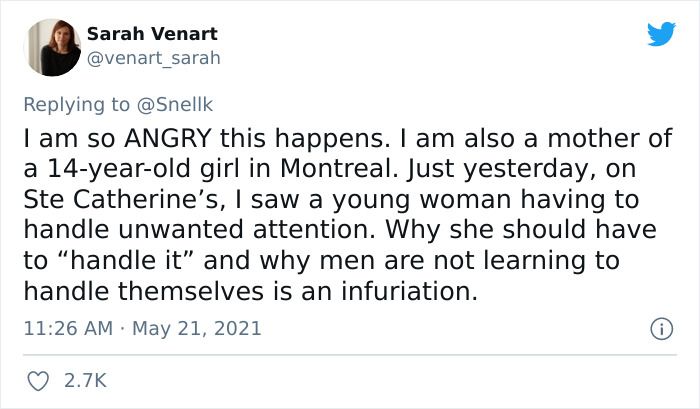
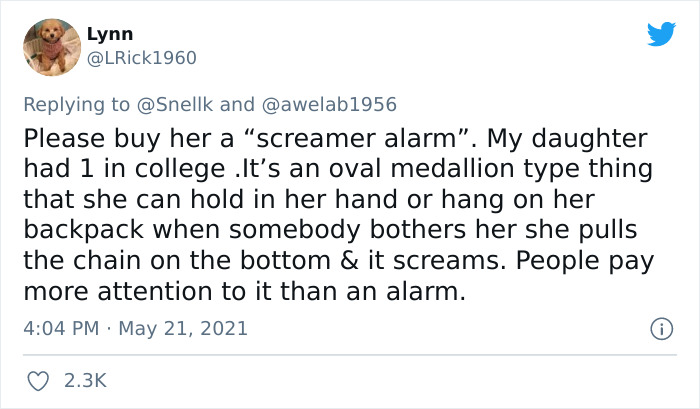
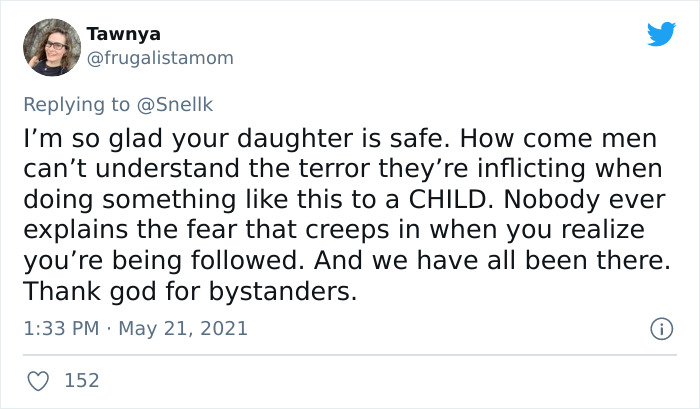
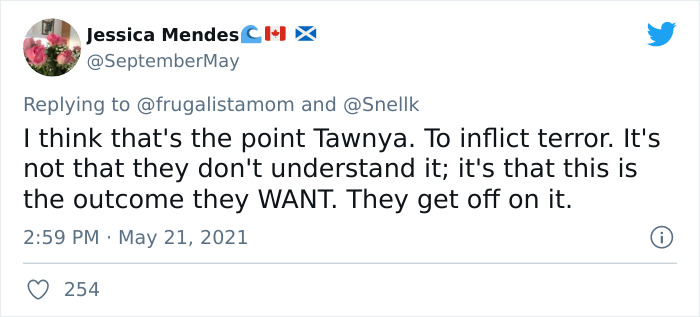
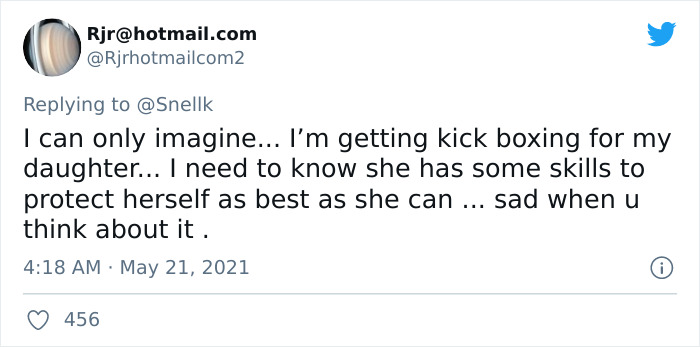
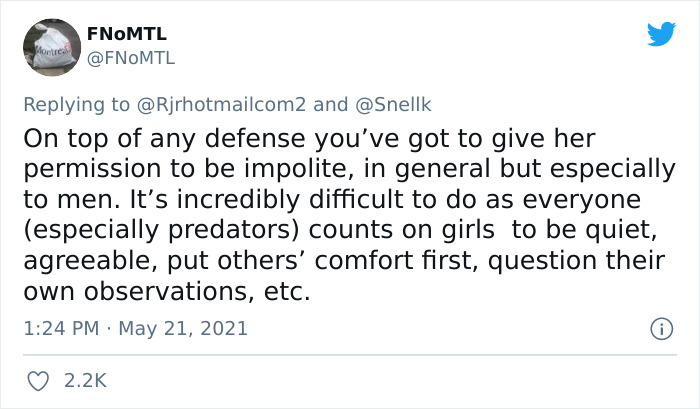

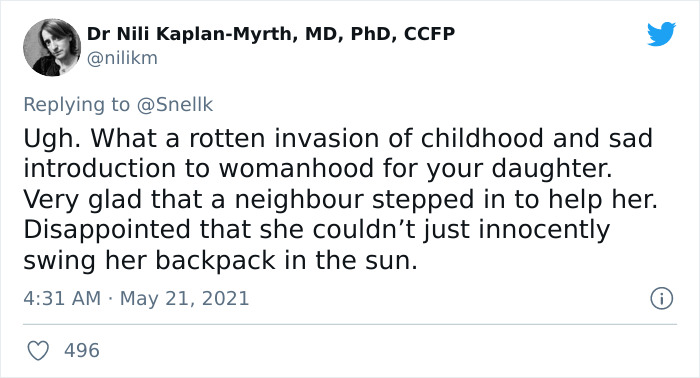
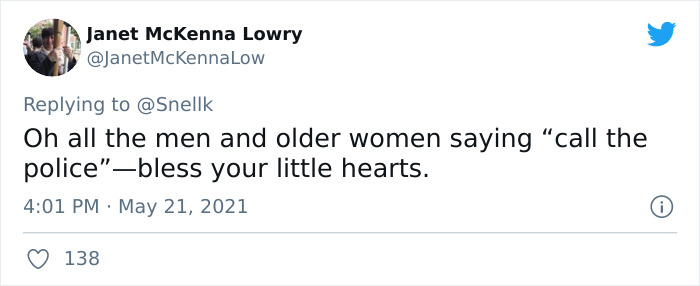
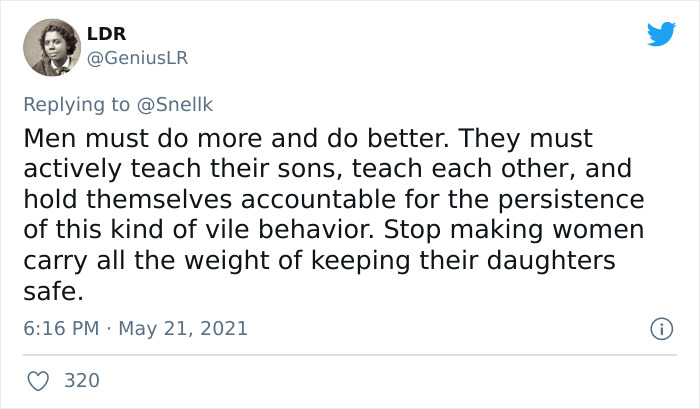
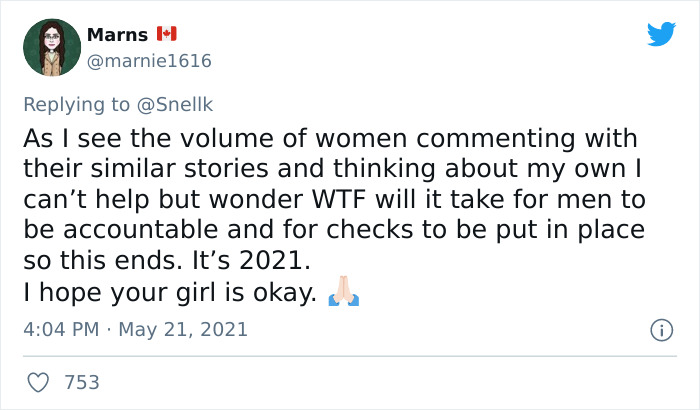
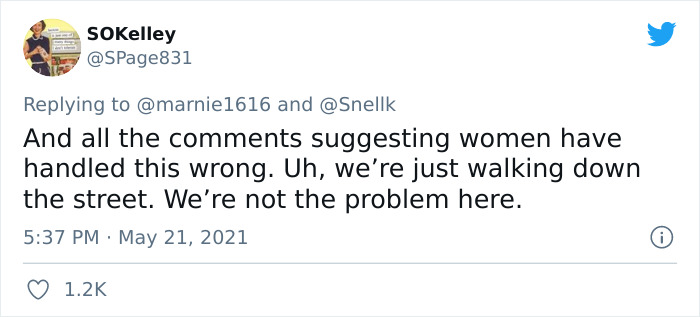
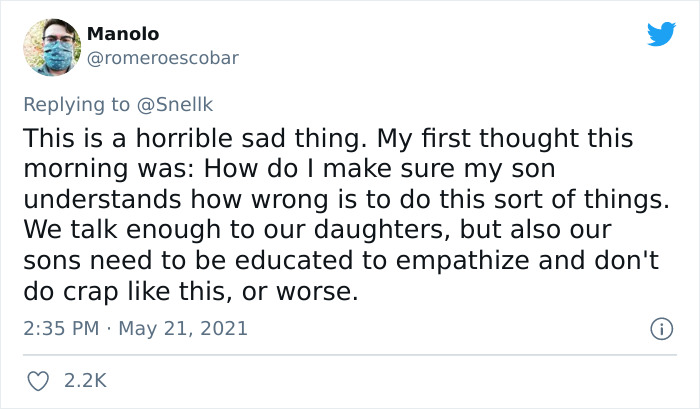
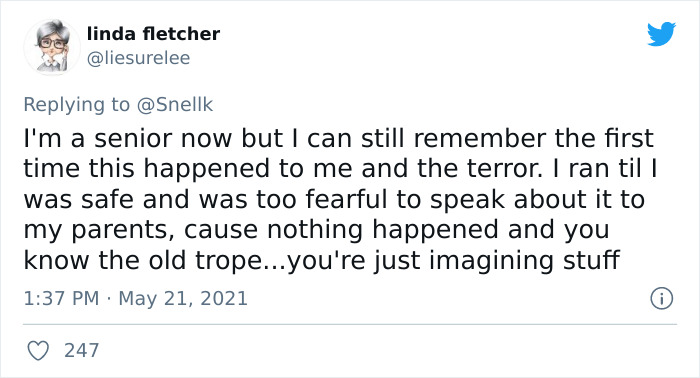

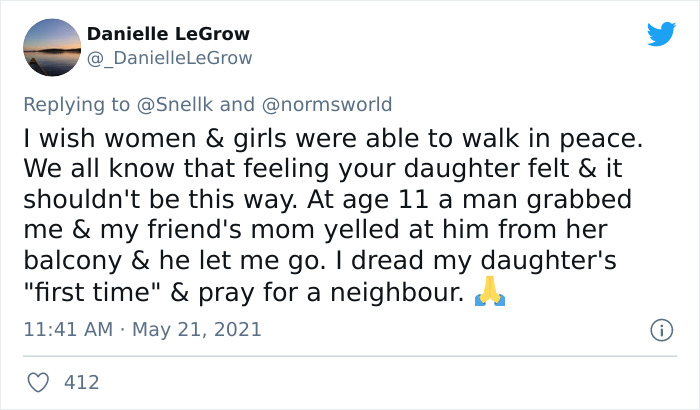
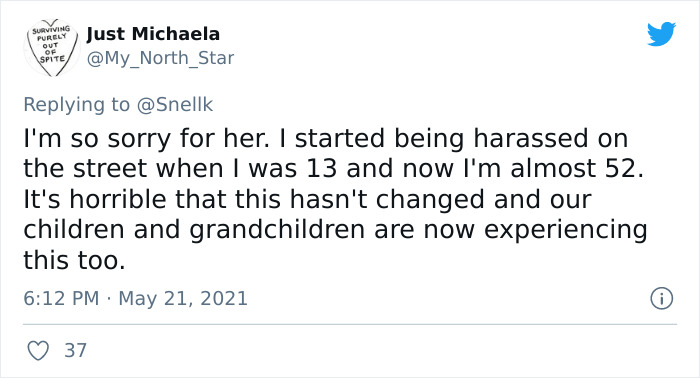
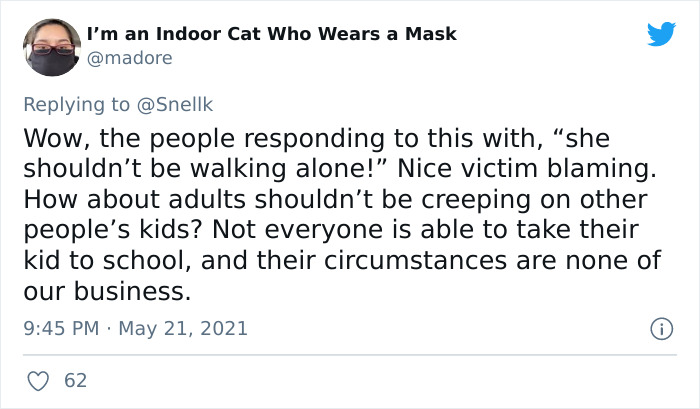

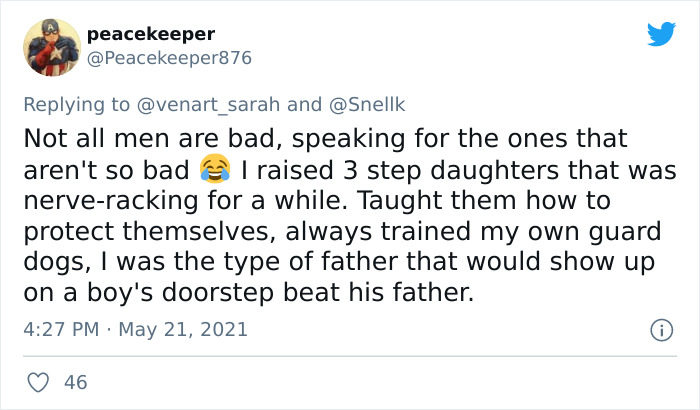
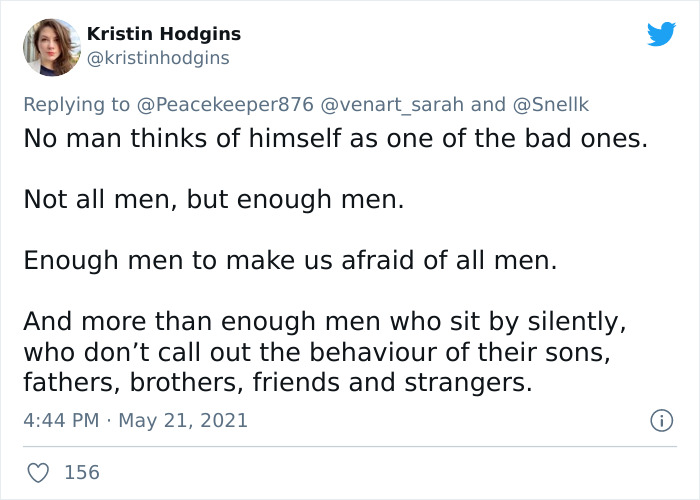
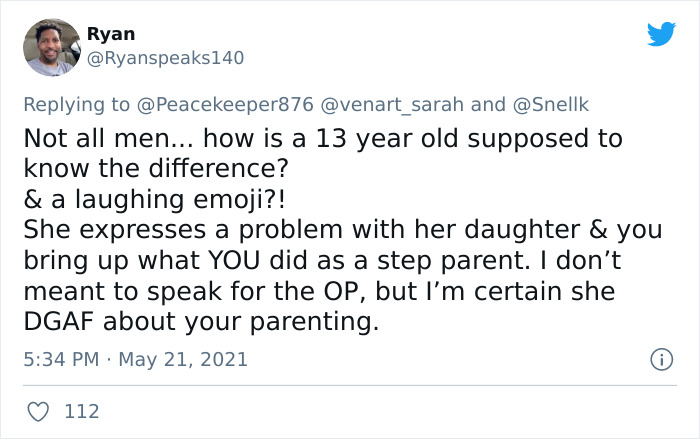
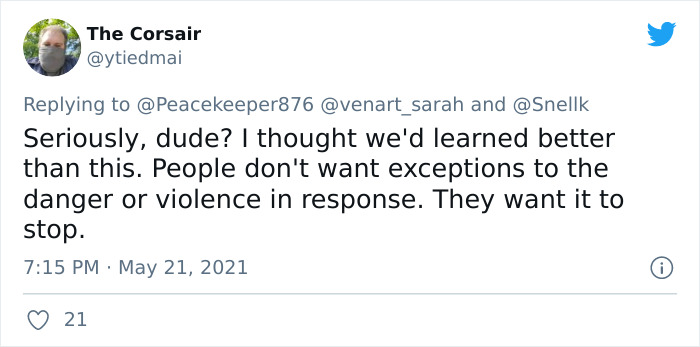





141
81